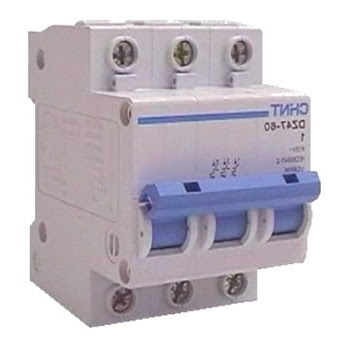The biometric technology is closely bonded via computer and optics, acoustics, biosensors and bio-statistical principles and other high-tech means, using the body's natural physiological characteristics (such as fingerprints, face, like, iris, etc.) and behavioral characteristics (such as handwriting , voice, gait, etc.) to identify personal identity.
According to IBG (International Biometric Group) statistics in 2009, the market has a variety of features for different physiological and behavioral characteristics of the application. Among them, the highest share is the fingerprint of.
Identification methods
The traditional identification methods include the identity of objects (such as keys, certificates, ATM card, etc.) and knowledge of identity (such as a user name and password), but as the main means of in vitro matter, once proof of identity and identification knowledge to identify items stolen or forgotten, their identity impersonate or are likely to be substituted by others.
Biometric technology is more secure than the traditional identification methods, privacy and convenience. Biometrics has easy to forget, good security performance, easy forgery or theft, carry "portable" and other advantages available anywhere.
Biometric technology mainly refers to a technology for authentication through human biological characteristics, unique to humans generally can be measured or automatic identification and verification, genetic or other characteristics constant for life, thus biometric authentication technology there is a big advantage compared with traditional authentication techniques.
Biometric systems biometric sampling, extracting its unique features and converted into digital code and code composition further feature template. Since the microprocessor and the declining cost of various electronic components, precision gradually improve, biometric systems increasingly used in authorized commercial control such as access control, time and attendance management system enterprise security certification and other fields. Biometric Biometrics has a hand, fingerprint, face, iris, retina, pulse, ear and other behavioral characteristics a signature sound, key efforts and so on.
Based on these characteristics, people have developed a hand shape recognition, fingerprint recognition, face recognition, pronunciation recognition, iris recognition, signature recognition and other biometric technology.
Chinese biometric industry is the first development of fingerprint identification technology, basic and foreign synchronization, back in the early 1980s began the research, and mastered the core technology, industrial development is relatively mature. The China Research for biometric vein recognition, face recognition, iris recognition is carried out after 1996. In 1996, the current deputy secretary-general Tan Tieniu Chinese Academy of Sciences, National Laboratory of Pattern Recognition, director of the Chinese Academy of Sciences named "Hundred Talents Program", resigned lifelong teaching positions at the University of Reading, UK home, opened a biometric-based identification of other international human the new frontier of research disciplines, China began research in the field of biometric vein, face, iris, etc.













